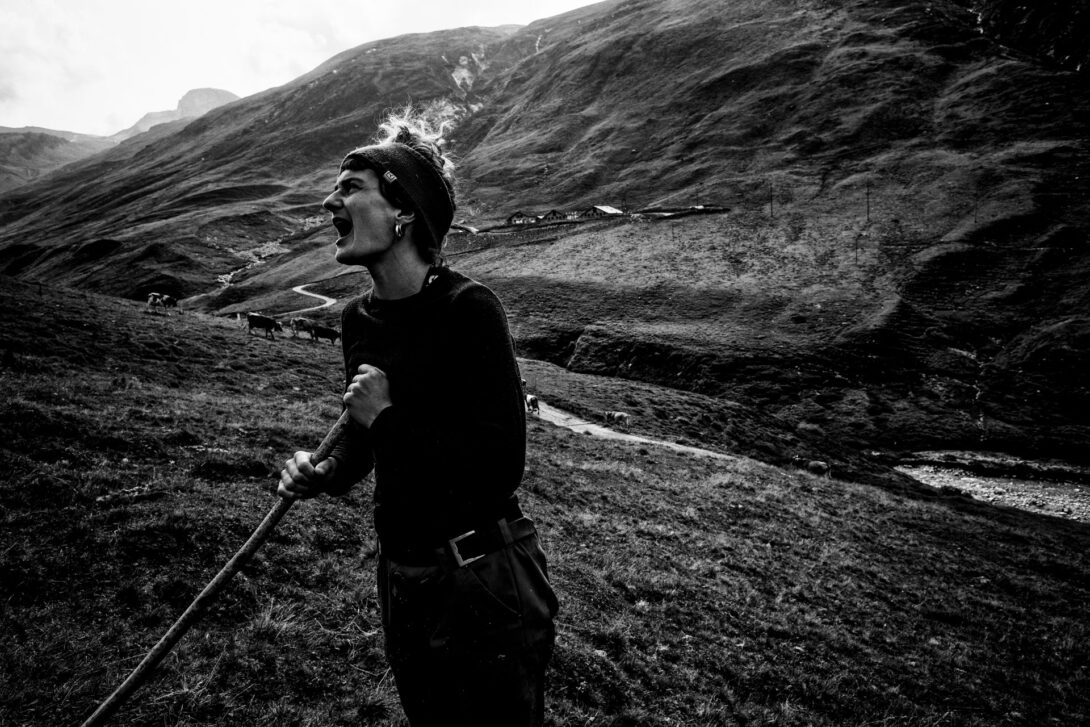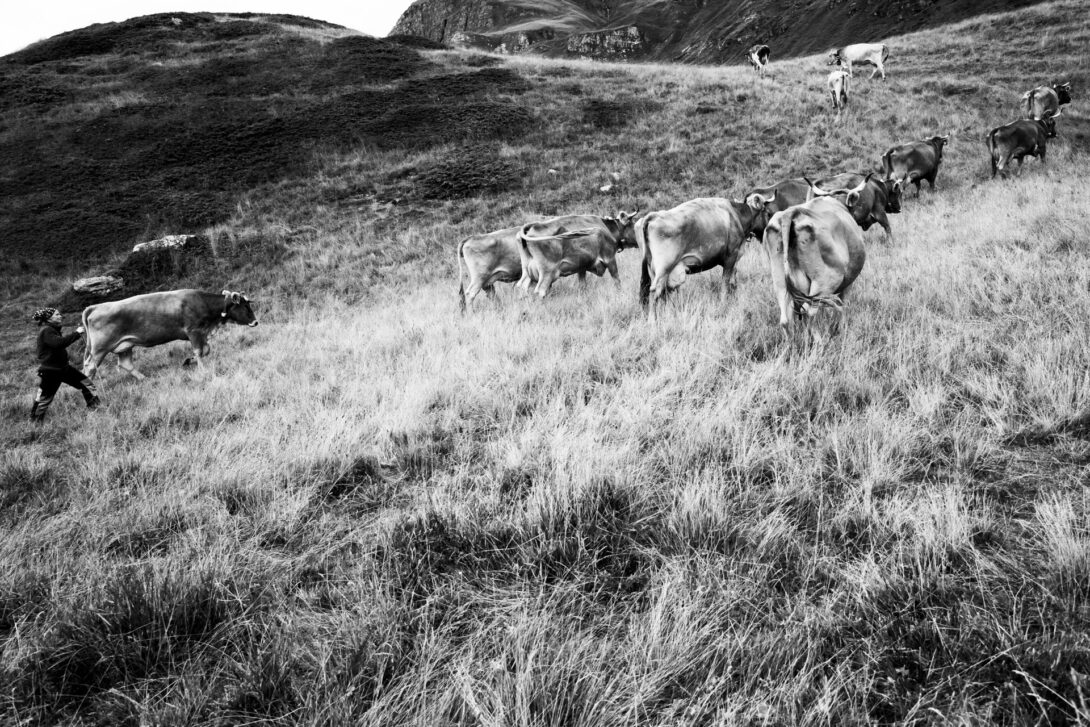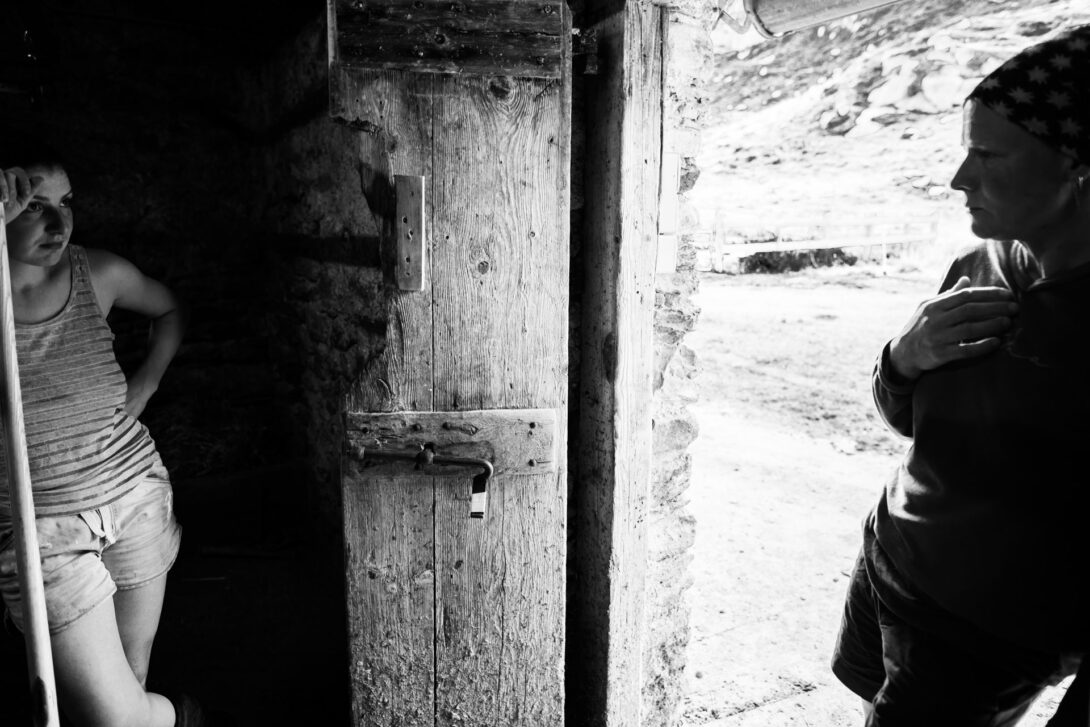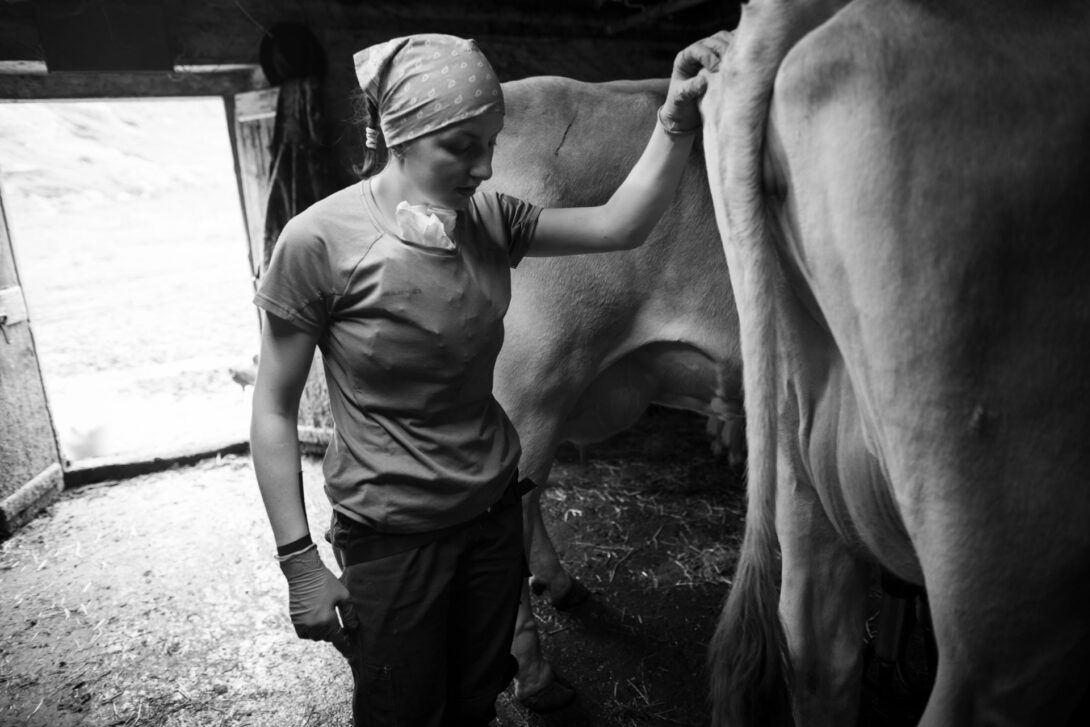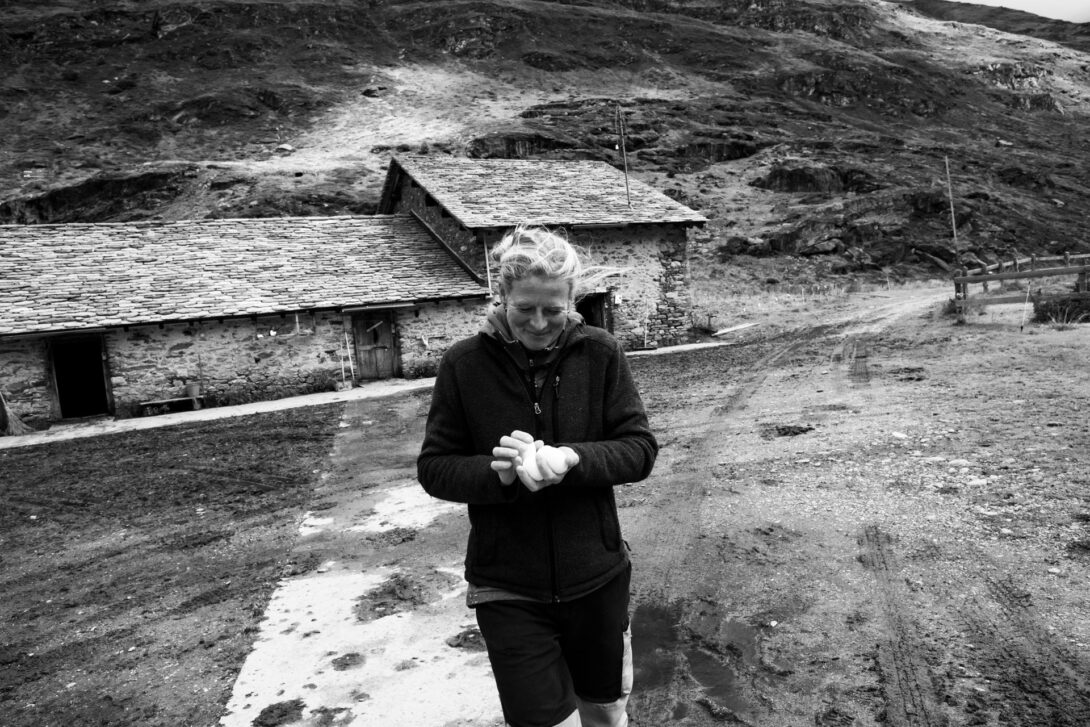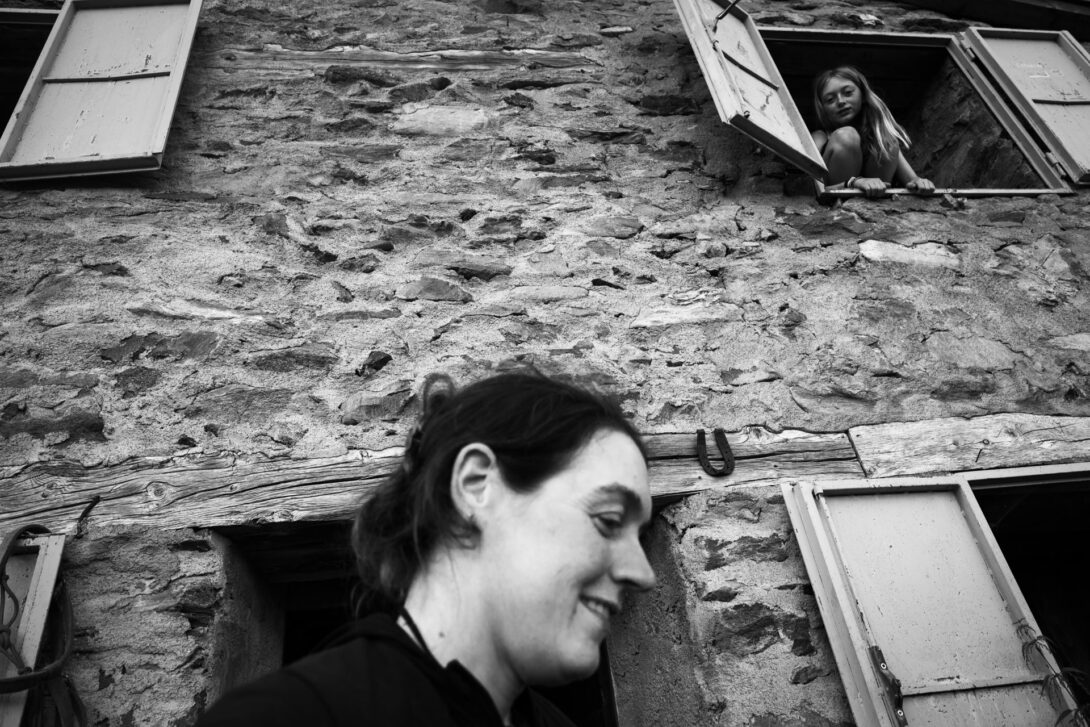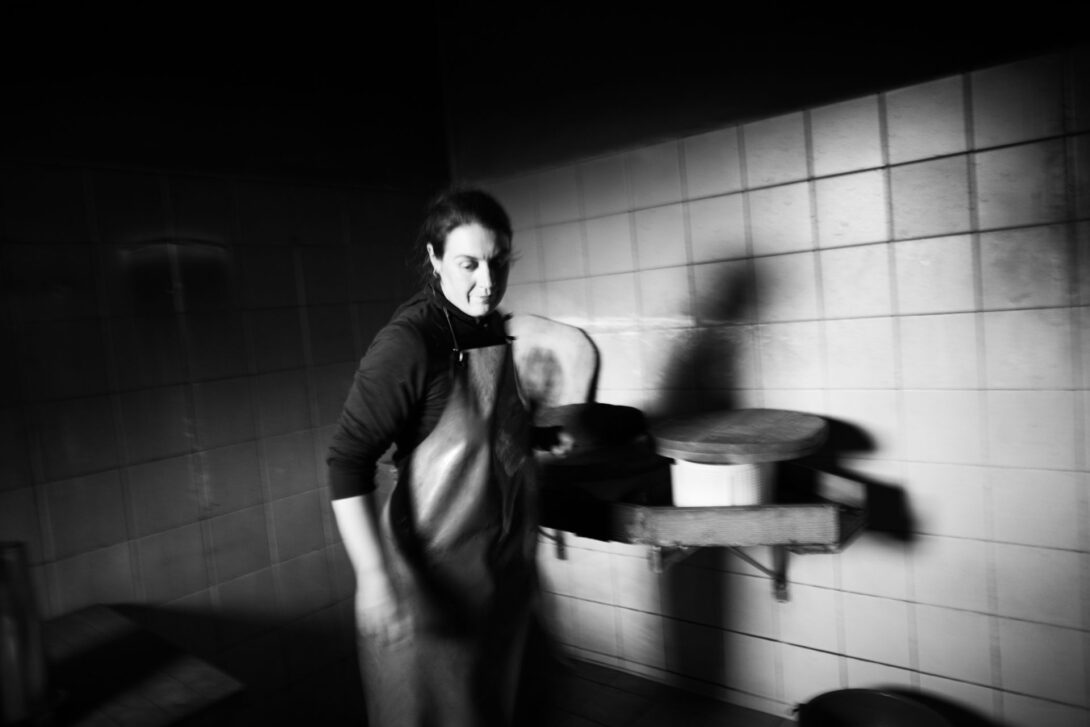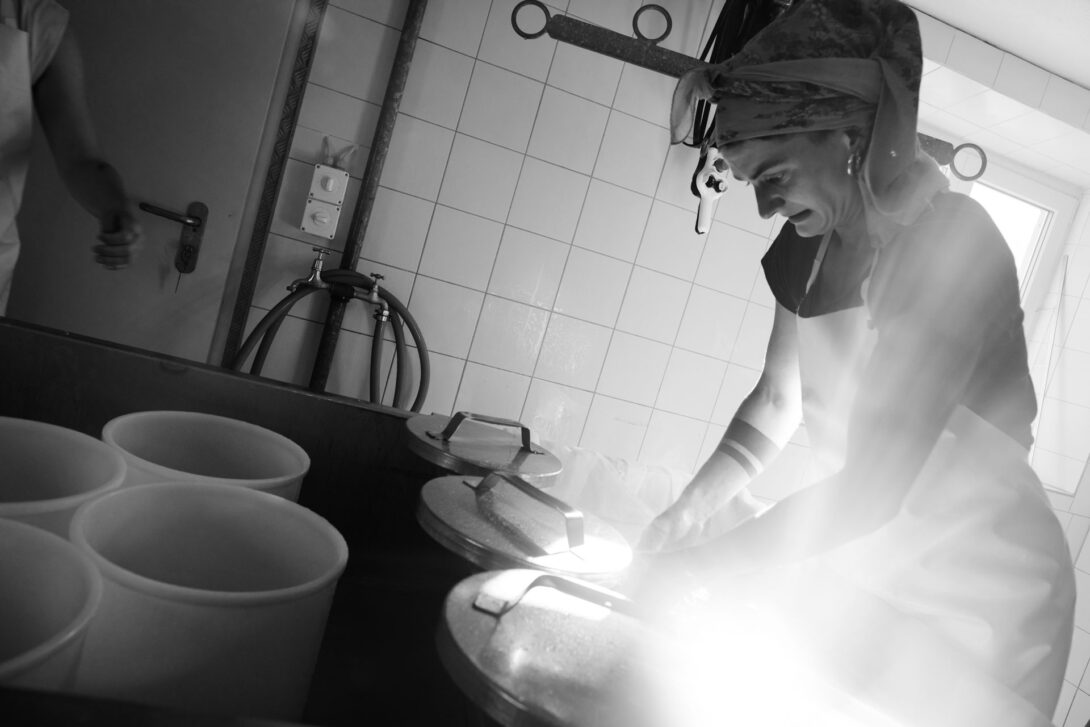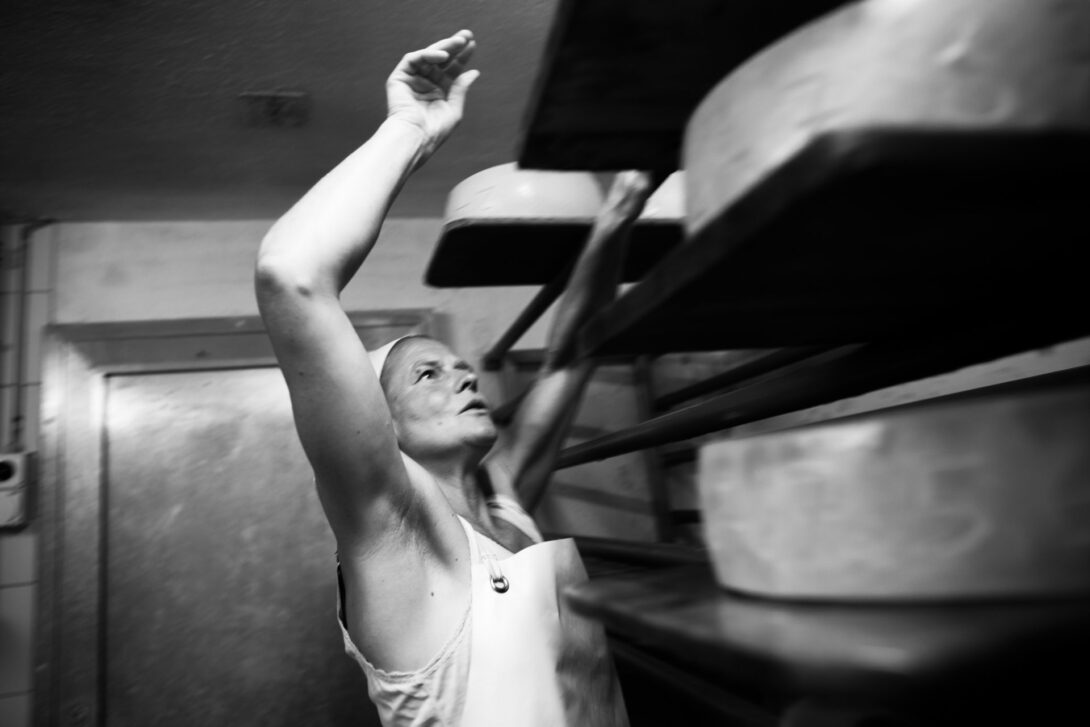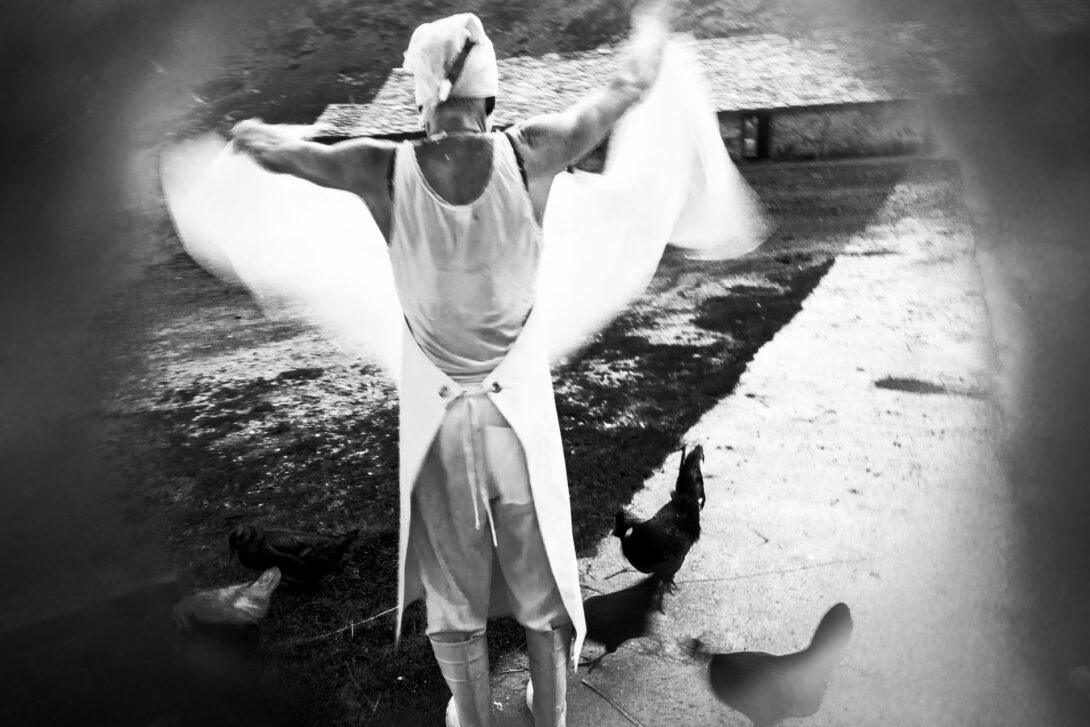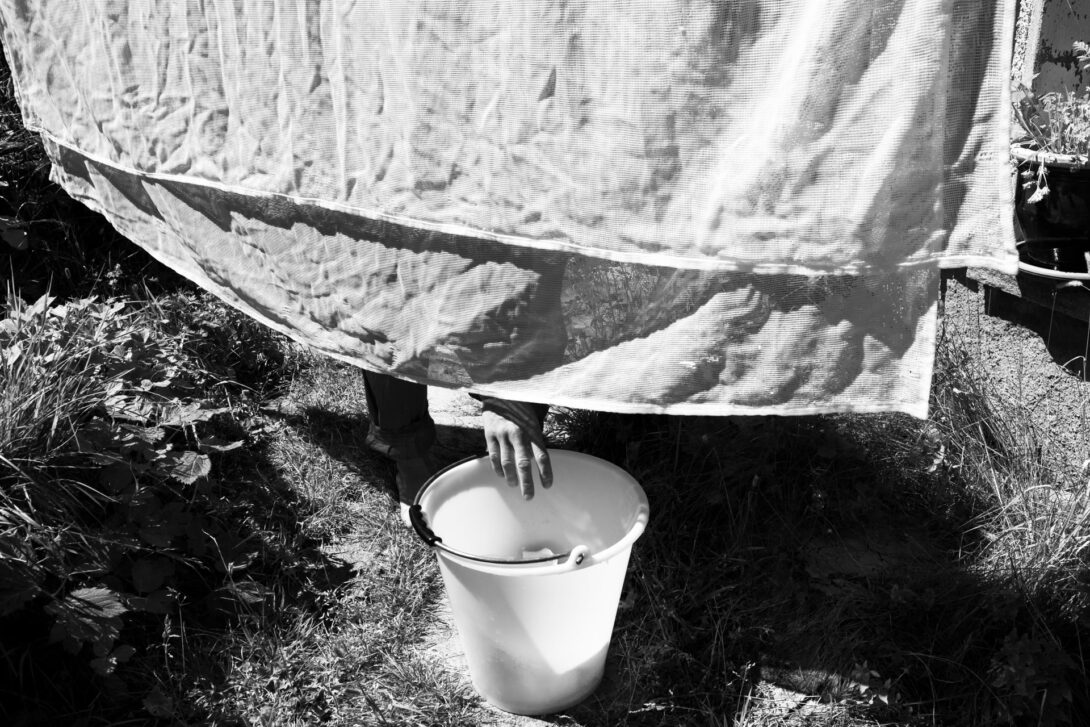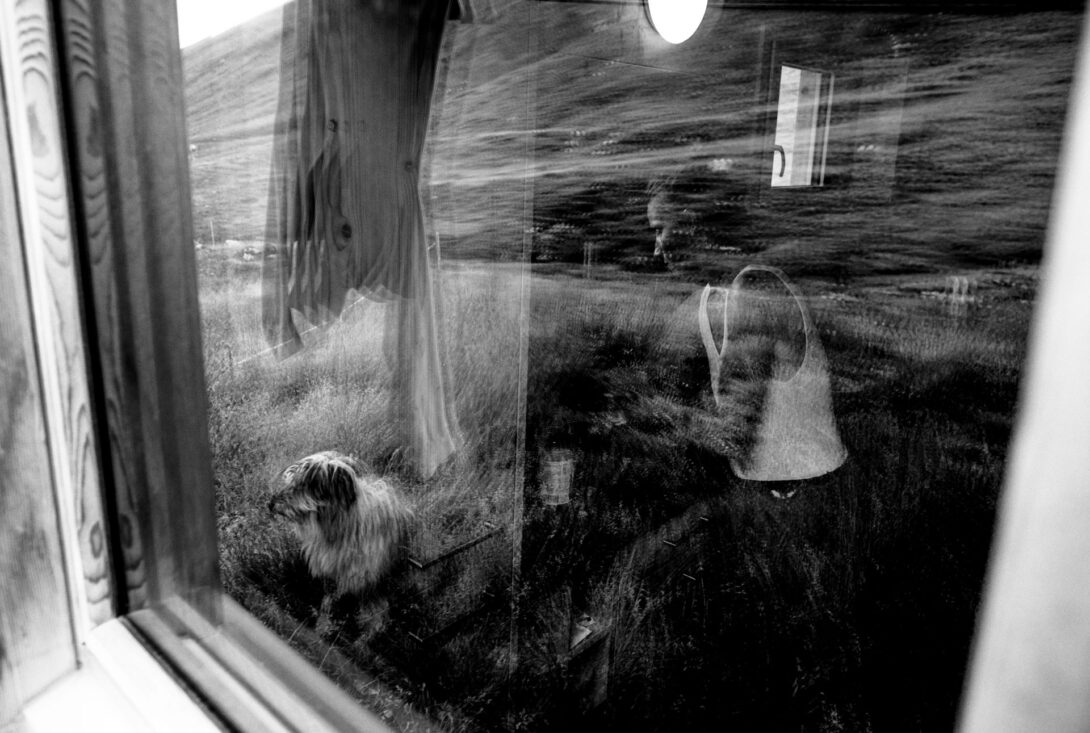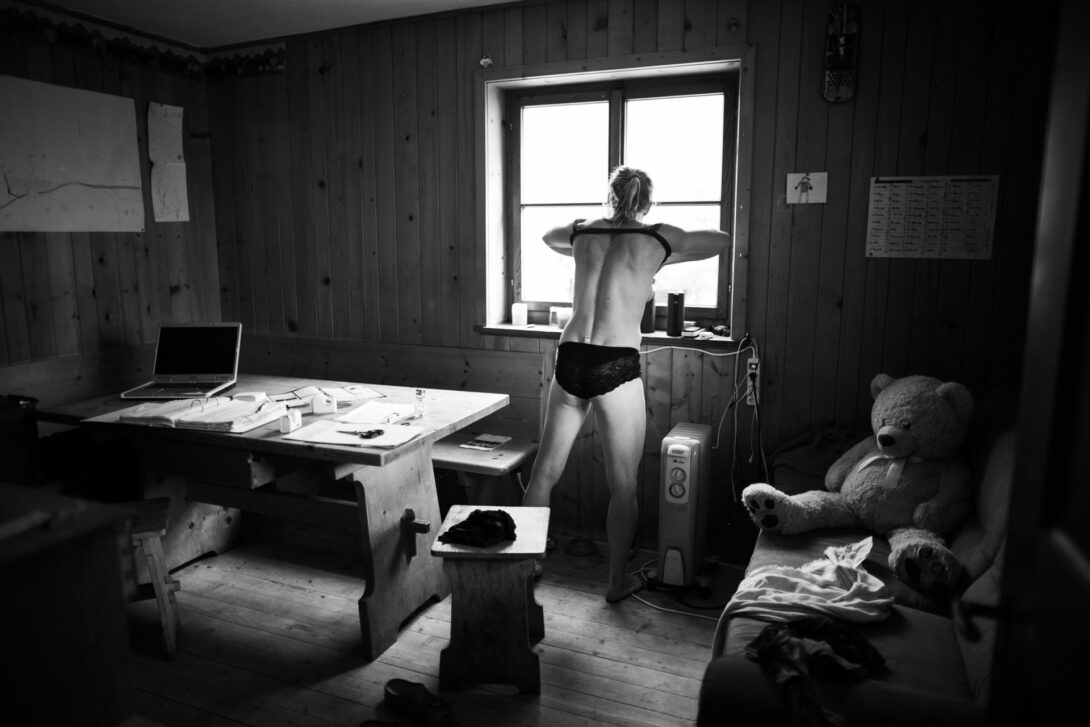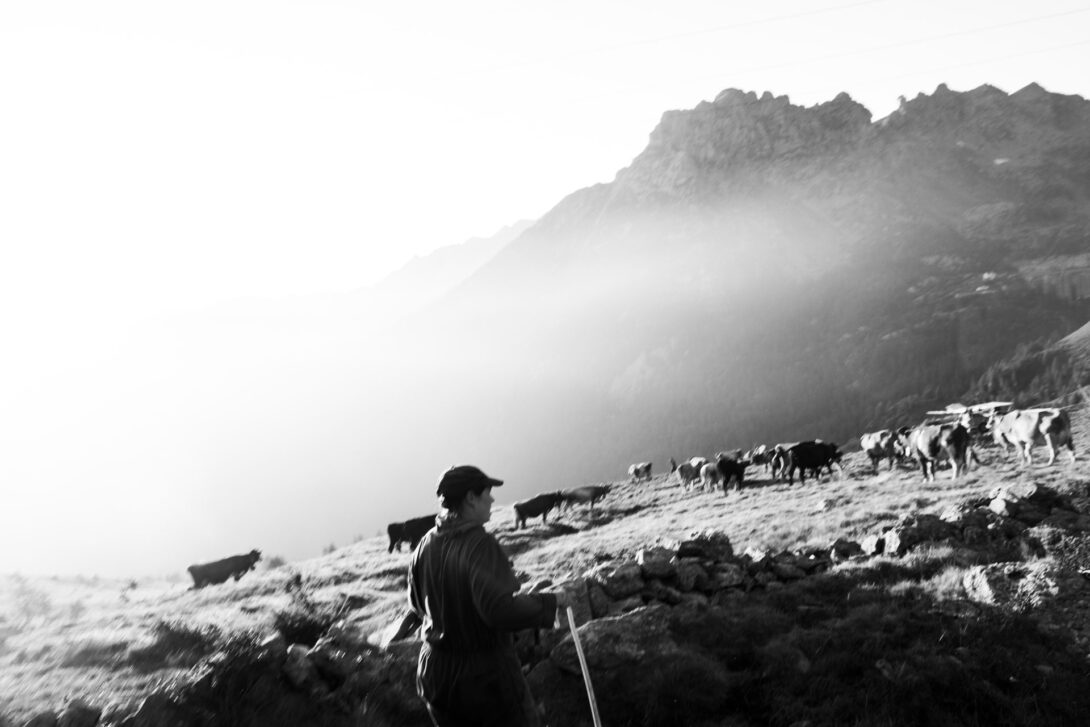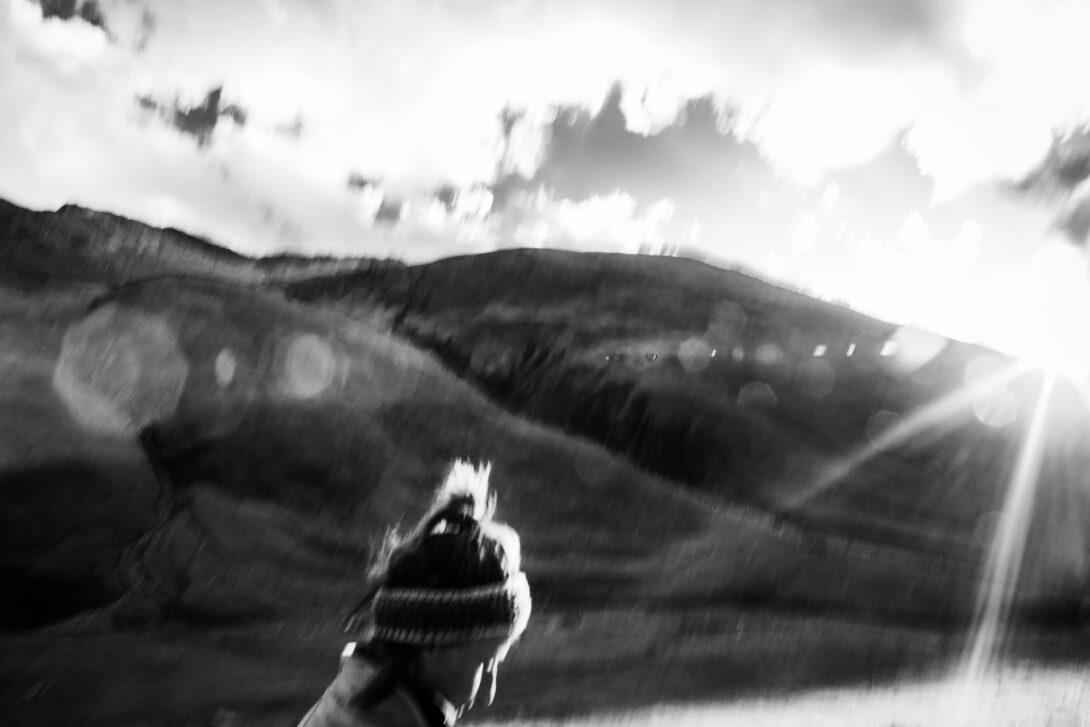From the Alps. Women
In the Alpine regions, between May and October, begins the alpine season – a time when cattle, sheep, and goats are taken to high-altitude pastures to take advantage of richer grazing and continue dairy production.
This ancient tradition is still alive and deeply rooted across the Alpine arc. It’s a demanding way of life, with no days off, that requires physical strength, deep knowledge, and unwavering dedication.
The rhythms are dictated by animals, silence, and weather. It’s still night when the shepherds, wrapped in heavy jackets and armed with torchlight, step out of their huts to bring in the cattle and begin milking.
The alps are remote places, far from the villages and lowland life. For three, four, even five months, those who live and work there inhabit a form of isolation – connected only to the animals, their colleagues, and the rare passing hiker.
And yet, despite the solitude, the physical fatigue, and the harshness of the environment, many women choose this path.
Over several summers, I spent time in alpine pastures where women live and work alone, or with other women – as shepherds, cheese-makers, caretakers of fire and milk.
I entered their everyday life. I observed their gestures, their strength, their silences. I try to trace the contours of the feminine in a landscape that often appears to erase it.
the solitude.The wildness. The deep, mysterious connection between the female body and the mountain.
